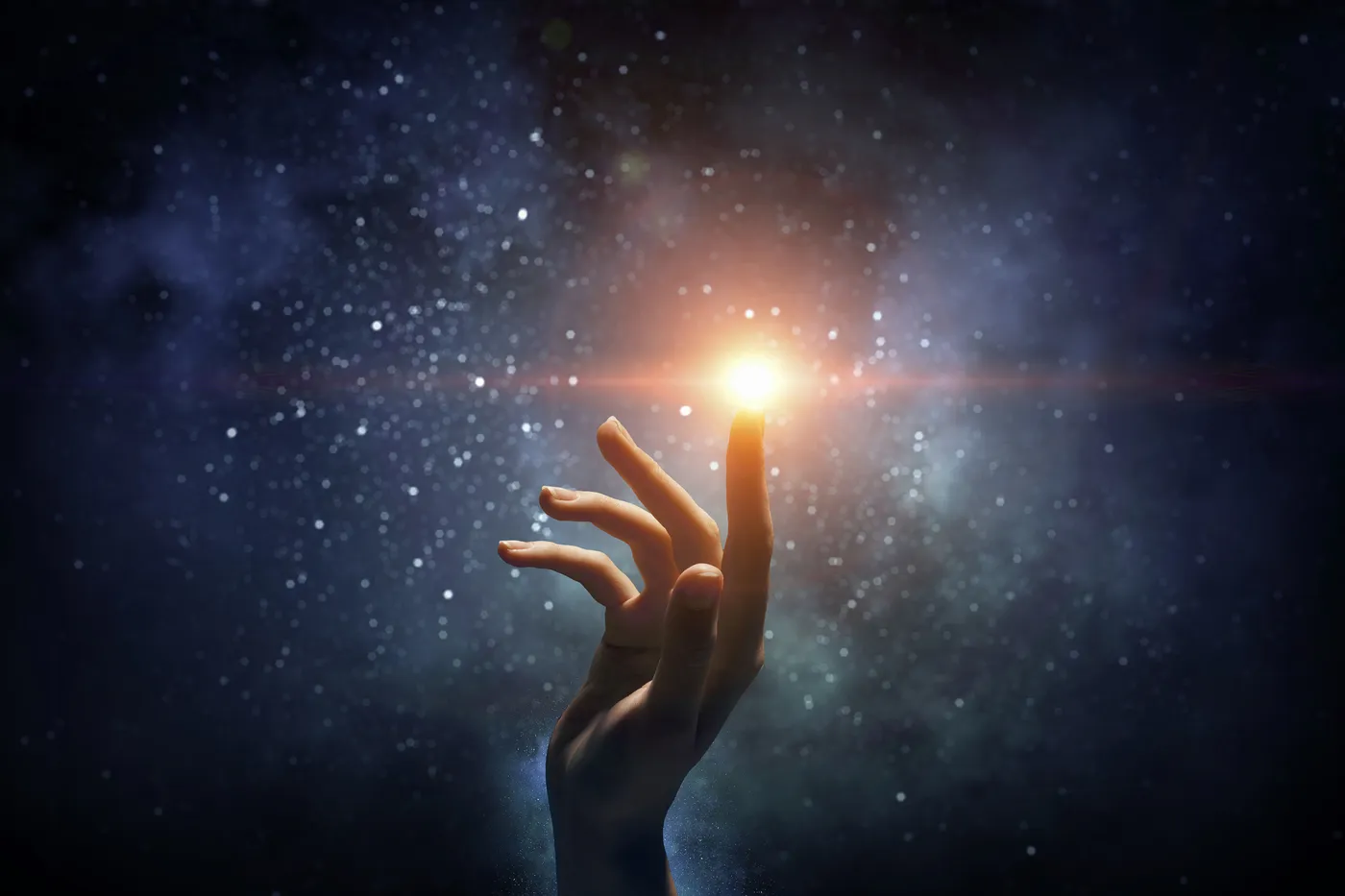The author is part of the Local Journalism Initiative
A good number of rural churches located in Bas-Saint-Laurent are being converted. The latest is the conversion of the Saint-Yves church in Rimouski-Est, bought by a climbing center. This reflects a decline in religious practice. A question could then arise: in what way does spirituality mainly manifest itself today?
The conceptual vagueness around the term “spirituality” leads it to be often confused with religion (Abdel Halim, 2021). First of all, we will have to make a distinction between religion and spirituality. Spirituality is defined as “an inner search, specific to each individual in search of meaning and goals in existence. […] It is a force that connects the individual with himself, others and the environment. (Rousiau, Renard, 2021). Of course, there are many definitions of non-religious spirituality, but several elements are found in each of them: “the search for meaning; transcendence; the sacred and the feeling of connection” (Rousiau, Renard, 2021).
Values guide spirituality in varying degrees such as altruism, wisdom, wonder, nature, the relationship to time being called Flow[1].
But spirituality is also strongly inscribed in certain professional fields such as health, education, the environment, etc. For example, in health professions, spirituality is found in “the search for meaning; the search for transcendence; the search for value; cementing the identity of individuals; and finally the relationship to oneself, to others and/or to a higher force in which the person believes” (Pujol, Jobin and Beloucif, 2014, p. 77).
As a result, spirituality is also found in the managerial and corporate world, when the values of interconnection and the meaning of work are mobilized.
In everyday life, it manifests itself through activities such as yoga, walking, travel, meditation. But also through art, when we listen to music or contemplate a landscape and a work of art (film, painting, reading, etc.). Spirituality is also present in the activities of human connections (or with other entities), such as moments spent with family and friends, remembering good memories, praying… (Rousiau, Renard, 2021).
We can therefore conclude that spirituality exists without being religious, the latter being only a form of expression of spirituality (Roof, 1993; Stifoss-Hanssen, 1999). One can therefore be spiritual and atheist. The spiritual approach then has the specificity of being more intimate, personal, and less subject to ideological positioning, such as sacred texts which will guide the values to be believed, or a specific and institutionalized place such as a church (Roousiau, Renard, 2021 ). Spirituality ” […] is not reducible to a category of thinking. It is the very expression of life, of all life; it is consubstantial with human nature” (Frick, 2006, p. 162).
Despite its intimate, personal and multicultural nature, we can identify three essential points:
There is a process of finding meaning and fulfilling it. Then a desire to build and maintain an interconnection with particular people (friends) and a general group (culture, etc.). And finally the transcendent character which corresponds to surpassing oneself, through giving, generosity, etc.
Thus, spirituality would be a natural trait in all human beings, more or less activated according to the people and the needs of the context in which they are inserted.
Sources
HEYER René, “Spiritual through art, and in morality in particular”, Journal of Ethics and Moral Theology, 2021/HS (special issue), p. 127-134.
ROSSIAU Nicolas, RENARD Elise, “Chapter 1. How to approach spirituality? », in: Nicolas Roussiau ed., Psychology and spirituality. Foundations, concepts and applications. Paris, Dunod, “Psychic Universe”, 2021, p. 19-34.
UNDERWOOD Lynn, VAGNINI Kaitlyn, “Chapter 5. Spiritual experiences in daily life: positive effects on resilience, burnout and addictions”, in: Nicolas Roussiau ed., Psychology and Spirituality. Foundations, concepts and applications. Paris, Dunod, “Psychic Universe”, 2021, p. 85-103.
ABDEL HALIM Lara, “Chapter 11. Spirituality at work”, in: Nicolas Roussiau ed., Psychology and spirituality. Foundations, concepts and applications. Paris, Dunod, “Psychic Universe”, 2021, p. 185-199.
NAVARRO Oscar, OLIVOS JARA Pablo, TAPIAS-FONLLEM Cesar, “Chapter 10. Environment and spirituality: reflections around the connection to nature and well-being”, in: Nicolas Roussiau ed., Psychology and spirituality. Foundations, concepts and applications. Paris, Dunod, “Psychic Universe”, 2021, p. 171-184.
[1] We can define the flow as a specific psychological state experienced by a person when he is completely absorbed by an activity and is in a maximum state of concentration. This so-called optimal experience has eight characteristics, among which we can note an altered perception of the duration of time and a perception of self which disappears and which is reinforced following the experience of the optimal experience (Csikszentmihalyi, 1990, p. 79-80) .

